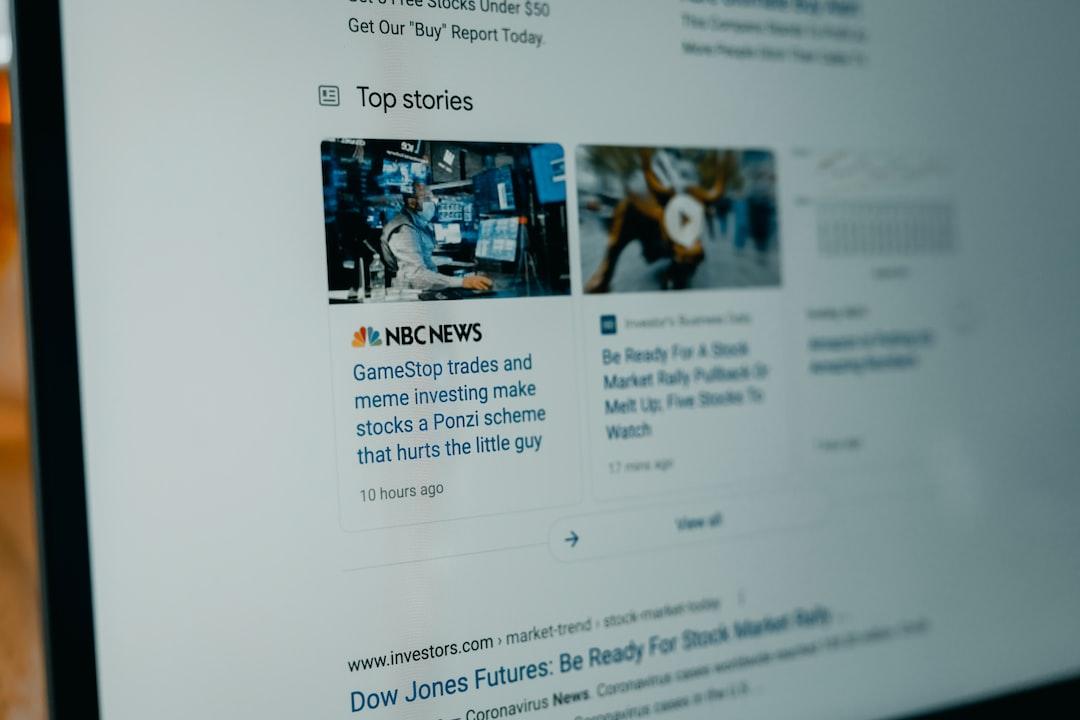With the gradual recovery of the market, the cryptocurrency market has once again caught the attention of investors and become one of the investment targets. Many investors choose to follow the trades of others, replicate trading strategies, and follow cryptocurrency influencers to grasp market trends. However, experts have issued a warning that the risks for traders and followers may differ.
Profit Models for Traders and Platforms
Experts Reveal: Beware of Asymmetric Traps
Avoiding Excessive Risks for Either Party
As the price of Bitcoin experienced a remarkable increase of nearly 160% in 2023, the cryptocurrency market has once again become a target for many investors. Fearing to miss out on the potential gains, many investors have chosen to engage in “mirror trading,” hoping to capture market opportunities by replicating the strategies of other traders and cryptocurrency influencers, thus reducing the risk of missing out on major market movements.
In “mirror trading,” the traders who provide trading strategies for others to follow, known as “traders with followers,” generally profit through the following methods:
– Performance-based commissions: Traders with followers can earn commissions from the profits generated by their followers. This means that traders with followers will receive a certain percentage of rewards only when their followers make money through mirror trading.
– Fixed fees: Some platforms allow traders with followers to charge fixed fees for their services, regardless of whether their followers are profitable.
– Sharing of transaction fees: Additionally, some exchanges or platforms offer a percentage of the transaction fees generated by mirror trading as a rebate to traders with followers, such as Binance.

Using Binance’s benefits for traders with followers as an example, on the other hand, platforms that provide mirror trading services profit through the following methods:
– Transaction fees: Platforms usually deduct a certain percentage of transaction fees from each trade. As mirror trading increases trading volume, it naturally increases the platform’s fee revenue.
– Revenue-sharing system: For platforms that share profits with traders with followers, they may deduct a portion from the performance-based commissions earned by the traders with followers.
– Subscription fees: Some platforms may charge monthly or annual fees to users who want to use mirror trading services.
At first glance, the design of this mechanism seems to put star traders and followers on the same boat, embodying a “win together or bear the burden together” stance. However, with increasing reports of poor compensation for traders with followers in the market recently, and even incidents where traders with followers and their subscribers experience a total loss of funds, financial analyst Yu Zhe’an issued a warning:
Inspired by Nassim Nicholas Taleb’s concept in “Skin in the Game,” Yu Zhe’an believes that the core of this “mirror trading” mechanism design lies in ensuring that strategy providers and their clients share both profits and losses, thereby guaranteeing alignment of interests between the two parties.
In view of this, Yu Zhe’an believes that strategy providers should invest a certain percentage of their own funds in their strategies to demonstrate confidence in their strategies. For example, if the total amount subscribed to a strategy is one million US dollars, the strategy provider should invest at least 10% (i.e., one hundred thousand US dollars) to qualify for a certain percentage of profit sharing from users. This design can better prove that it is not a case of “poor people helping the rich” in trading.
Another method is to require traders with followers to reinvest the profits they obtain from subscriptions into the same strategy for a certain period (such as six months), without immediate withdrawals. This design means that strategy providers can only profit from it when their strategy is effective and stable in the long run, thus reducing risks.
Yu Zhe’an stated that these methods are commonly seen in many risk management mechanisms, such as the linkage between final payments and acceptance, product warranties, or liability insurance. They aim to achieve risk sharing and benefit sharing. In this model, traders with followers are forced to face risks together with their users, thereby avoiding one party bearing excessive or unfair risk burdens.

Related Reports
How do star traders shine in the market? In-depth analysis of Bitget’s mirror trading data, a one-in-a-hundred super-roll leaderboard.
Trading platform NFT Trader suffers a large-scale hack! Hacker: I am a good person, transfer 10% ETH to me to redeem!
Sun Yuchen claims to have identified the identity of the Poloniex hacker: I will reward you with $10 million if you return the money, otherwise, you will be globally wanted.


